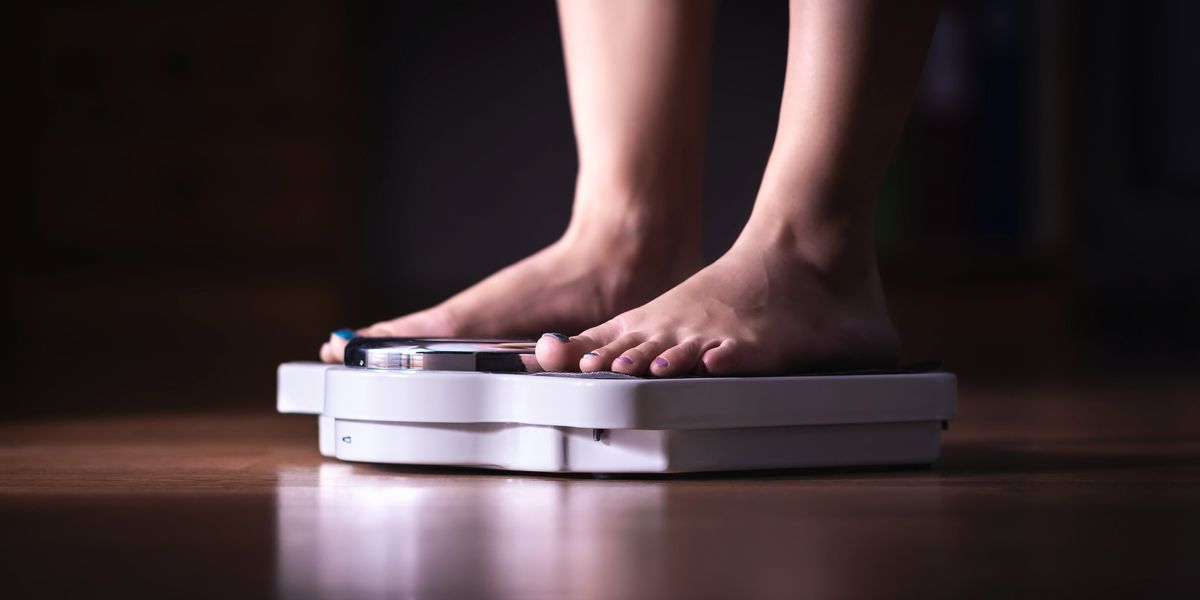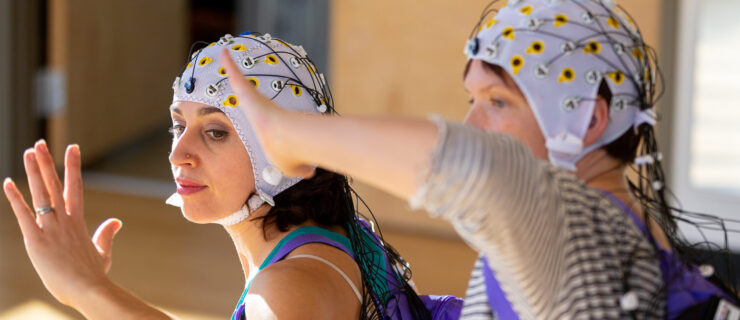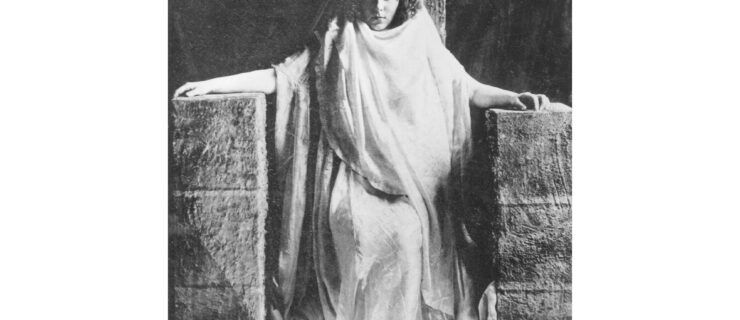It's Time to Dispel the Myth of "Ideal" Dancer Weight
As a dietitian specializing in dance nutrition, the most common DM flooding my inbox is “How can I drop pounds (specifically from body fat) and gain muscle?”
The short answer? Not happening.
The more we attempt to control the number on the scale, the more we risk developing physiological, biological and psychological deterrents that can drive us away from the passion we love: dance.
Striving for an unrealistically low weight while trying to increase muscle mass is utterly impossible, given the simple fact that muscle weighs more than fat. When you engage in a strength-training activity (like dancing), your weight is naturally higher.
As a society, we’ve developed an overwhelming fear of fat. However, whether it’s on our body or in our food, fat is a key player in a healthy lifestyle and strong performance. Body fat regulates hormones, which support brain health, skin elasticity, reproduction and bone strength (helping you avoid stress fractures). In our food, fat promotes satisfaction, a commonly missing feeling in our “eat less,” diet-ridden culture. When food is used solely for achieving weight goals, dancers are led down a restrictive tunnel without room for the positive experiences associated with a delicious meal.
Despite these realities, dancers still turn to weight as a predictor of achievement. Yes, the scale offers an objective measurable outcome. But this doesn’t mean that controlling body weight is a positive solution—or a healthy practice. When control is placed upon our body weight or food choices, we’re working against basic biology: The body is wired to survive famine, meaning it will use cravings to fight a self-imposed calorie restriction in order to protect a genetically predetermined weight.
But what exactly is the “right” weight for a dancer? For starters, it’s not the weight that requires restrictive meal plans, calorie counting and obsessive exercise routines. A healthy weight is one that can be maintained without dieting. It fuels performance and makes room for all foods.
The reality of this industry is that antiquated slim “ideals” are still the unfortunate standard at many companies. Dancers are often asked to lose weight by their directors, or mentors advise them that dropping a few pounds may help them get a job.
If you’re struggling with pressure to lose weight or maintain a low weight, make sure that you’re seeking help from qualified sources, like a registered dietitian nutritionist who specializes in working with dancers. Online resources from RDNs are also available to help dancers make more balanced choices. If the pressure continues, realize that shedding those five pounds may not be worth the restrictive lifestyle—and you may need to consider other companies that foster a healthier aesthetic.
As far as the dance world goes, it’s time to adjust old standards. Though body shape and size are very much apparent in this visual art form, neither needs to dictate it. Today’s demanding choreography requires strength and endurance, both of which are products of a strong body and a healthy mind. An under-fueled artist, on the other hand, is mentally drained, physically fatigued and at risk for injury. Directors and teachers must shift the focus from weight to performance, because the number on the scale has no connection with a dancer’s talent or drive.





